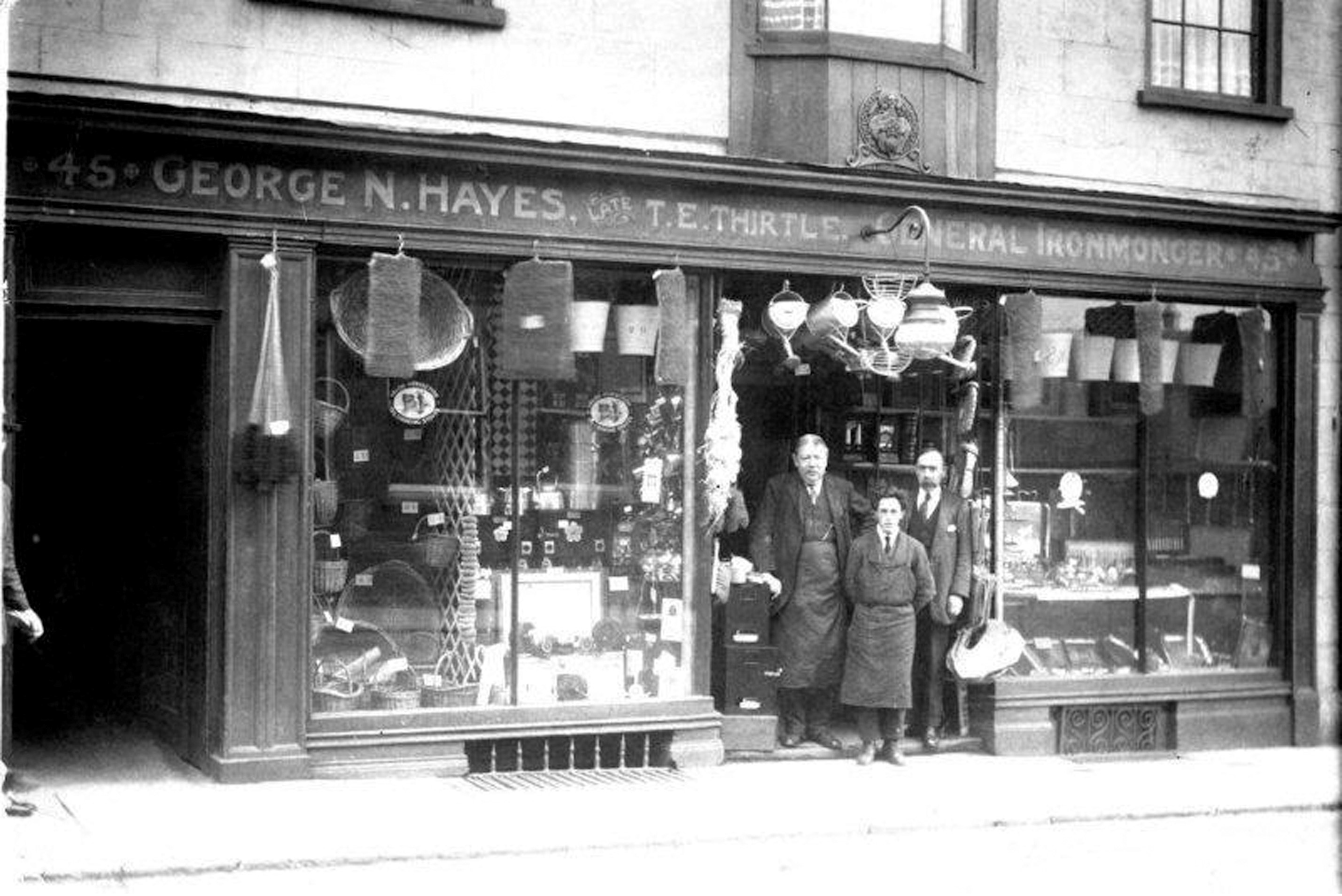Shining a Light on Lowestoft’s Stories with New High Street Histories Films
'High Street Histories' is a new 10-part series of short films featuring conversations between historian Ivan Bunn and writer Dean Parkin, exploring Lowestoft's High Street. Today (Wednesday 16 August) the first episode of 'High Street Histories' is published.
The first episode features the 'Top End of the Street', sharing the history of Arnold House, tales of the surrounding buildings and the effects of wartime bombing, before rediscovering a row of long-lost houses and shops from 1897.
Join Ivan and Dean in these illustrated conversations as they travel back in time to uncover the stories of Lowestoft’s most historic street and it’s buildings, past and present. The films feature rare archive photos from The Jack Rose Collection, The Bert Collyer Collection and from Ivan Bunn, alongside contemporary views of the high street.
The series, a partnership collaboration between Historic England’s Heritage Schools programme, the North Lowestoft Heritage Action Zone, Poetry People and Ivan Bunn, will be published online throughout August and September.
From today (16 August), a new episode of 'High Street Histories' will be posted online each Wednesday on Poetry People's Facebook and YouTube page. Future episodes include a look at the oldest house on the high street, a historic visit from King George II, and discovering where there used to be a vicarage and a cinema, amongst other fascinating stories.
Sharing the story of Lowestoft's most historic street with the town’s young people is the driving force behind the partnership collaboration that made these films. All episodes of High Street Histories have an accompanying worksheet, ideal for primary school children aged 5 to 11.
All episodes and the accompanying free worksheets for schools will be available on the Historic England, Poetry People, and Think Lowestoft websites.
This is a wonderful opportunity for people of all ages to find out more about the stories behind Lowestoft’s historic high street and to look at the buildings they see, every day, with fresh eyes. I’m really looking forward to seeing how children enjoy the films and the thoughts and questions they have about what they discover.





